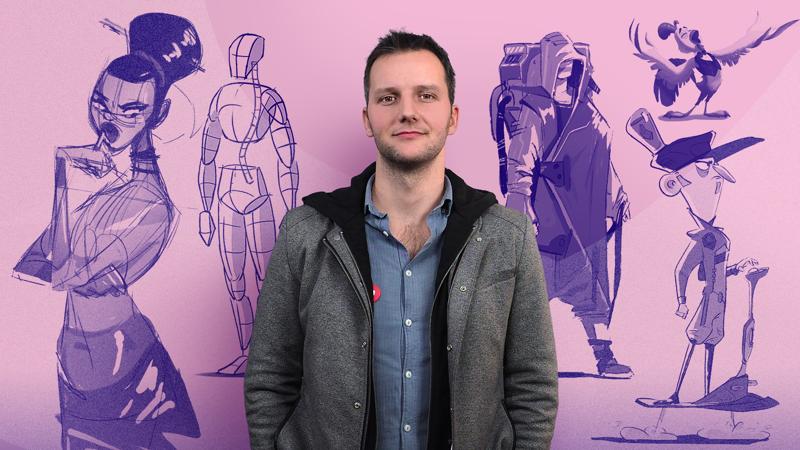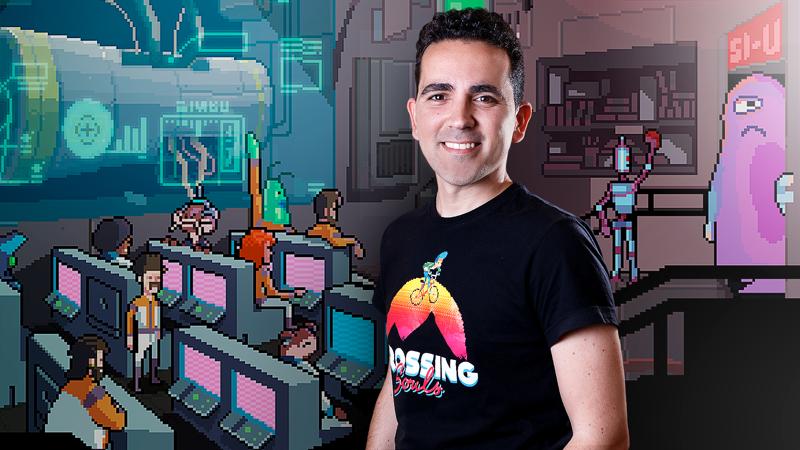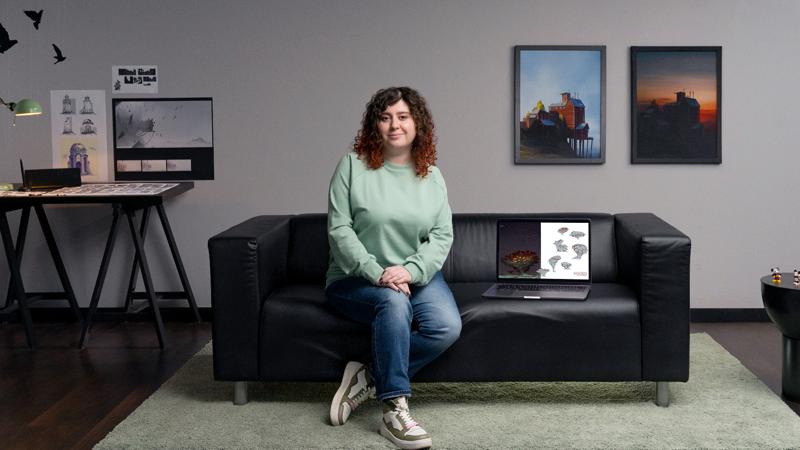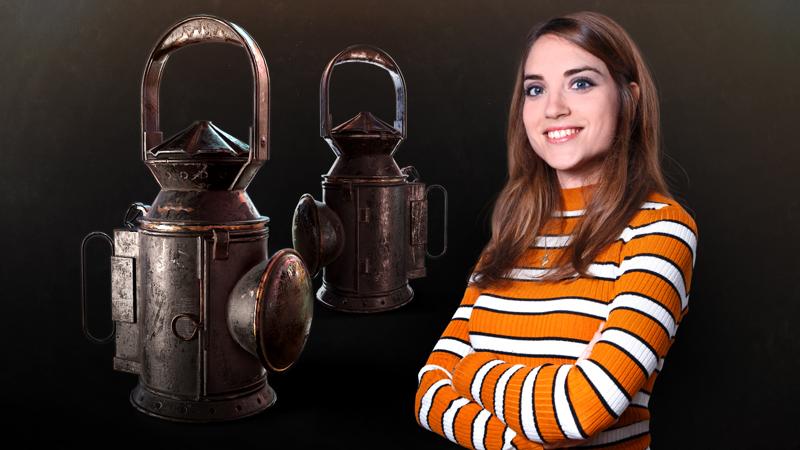Course overview
- Provider
- Domestika
- Course type
- Paid course
- Level
- Intermediate
- Deadline
- Flexible
- Duration
- 5 hours
- Lessons
- 25 lessons
- Certificate
- Available on completion
- Course author
- Paula Sánchez-Ferrero Ruiz
-
The videogame industry is in constant evolution, and if you want to make a living within it, you need to keep up and be constantly learning. Paula Sánchez-Ferrero is a 3D artist who’s passionate about video games and, ever since she started a few years ago, she’s advanced by leaps and bounds, having collaborated in AAA projects, such as Metro Exodus, Call of Duty: WWII and Overkill’s The Walking Dead.
In this course, Paula will teach you how to model a realistic 3D prop, fit for appearing in a videogame, using different modeling and texturizing software. Furthermore, you’ll learn the basics for creating any other professional-quality asset, as well as getting to the workflows used for AAA projects in today’s videogame industry.
Description
You’ll start by getting to know Paula, who’s going to tell you about her beginnings in the videogame industry, and about her experience as an Environment and Prop Artist and a Supervising 3D Artist. She’ll also share some of the artists that have influenced her work.
She’ll then explain the pipeline and steps to follow for the development of a 3D asset for a videogame. You’ll download and set up 3ds Max for an efficient workflow. Before you start modeling, you’ll need some good reference points; Paula will show you different websites that will help you with that.
Afterward, you’ll begin modeling your asset, taking into account its dimensions and knowing beforehand the total amount of pieces you’ll need to model. This way you can stay organized and more able to meet a deadline. You’ll explore more complex modeling technique and you’ll discover the importance of support loops in making your high poly model look realistic.
You’ll be introduced to the concept of Booleans, and you’ll learn how to weld pieces together in a high poly model, in a realistic and quick way with ZBrush, at the same as you go over the basic aspects of the software. Then, you’ll see the workflow for quickly creating details in a high poly model through floaters.
You’ll create a final mesh, reutilizing your model’s pieces as much as possible, making sure they fit. You’ll learn what smoothing groups are, and how to use them. Then, you’ll get to know UV and you’ll see how to prepare your asset for texturizing. Paula will also teach you how to create quality bakes that will help you take your model from high poly to low poly efficiently.
In the next unit, you’ll learn how to use Substance Painter on a basic level for texturizing, you’ll see the base material and you’ll understand the importance of Physically-Based Rendering (PBR). You’ll explore the use of masks, and you’ll take the final steps towards finalizing the texture of your model. You’ll learn about some tricks to get your asset to tell a story visually.
You’ll learn how to introduce light into the scene using the rendering engine Marmoset while enhancing your model to make it look better both in your portfolio and in social media. You’ll go over things like contrast, shadows, background, effects, focus, and the overlapping of the elements.
Similar courses

-
Flexible deadline
-
5 hours
-
19 lessonsCertificate

-
Flexible deadline
-
2 hours
-
15 lessonsCertificate

-
Flexible deadline
-
5 hours
-
25 lessonsCertificate

